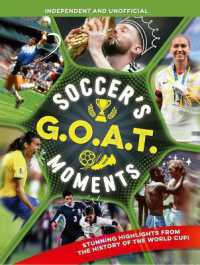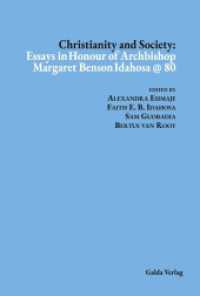Full Description
Gregory Camp shows that the choice and use of music in Disney theme parks is very much grounded in Disney's experience with storytelling on film and television, and that Disney's musical storytelling in the parks is built upon the concept of nostalgia.
Camp illustrates how the instrumentation and composition of the music impacts audience experience and shapes perceptions. The book is an essential guide for anyone seeking to understand the intricate interplay between music and narrative nostalgia. Ever since its founding in 1923, the Disney Company has foregrounded music in its storytelling in film, television, and live entertainment. Music was important at Disneyland from its opening day on 17 July 1955, when a widely viewed television broadcast included many musical performances of the type guests could hear in the parks. Since then, as Disneyland has expanded and the company has opened many more parks all around the world, music has remained fundamental to how the parks' designers (Imagineers) tell their stories.
The book will be of interest to musicologists and those working in film studies, as well as those from the wider Disney scholarship community, who come from urbanism, fandom studies, and various other branches of sociology and ethnography, as well as to others who study various aspects of music's role in live and virtual spaces and places.
Contents
Introduction, 1. Disney Park Music, Filmic Diegesis, and Control, 2. Area Music: Soundscapes, Markendness, and Liminality, 3. Ride Music: John Williams in the Disney Parks, 4. Ride Music: Buddy Baker and Other Classics, 5. Show Music: The Theme Park Musical, 6. Musical Exoticism in Disney Theme Park Shows, 7. When Nostalgia Meets Frisson: Music for Disney Parades and Fireworks, Conclusion: Singing in the Parks








